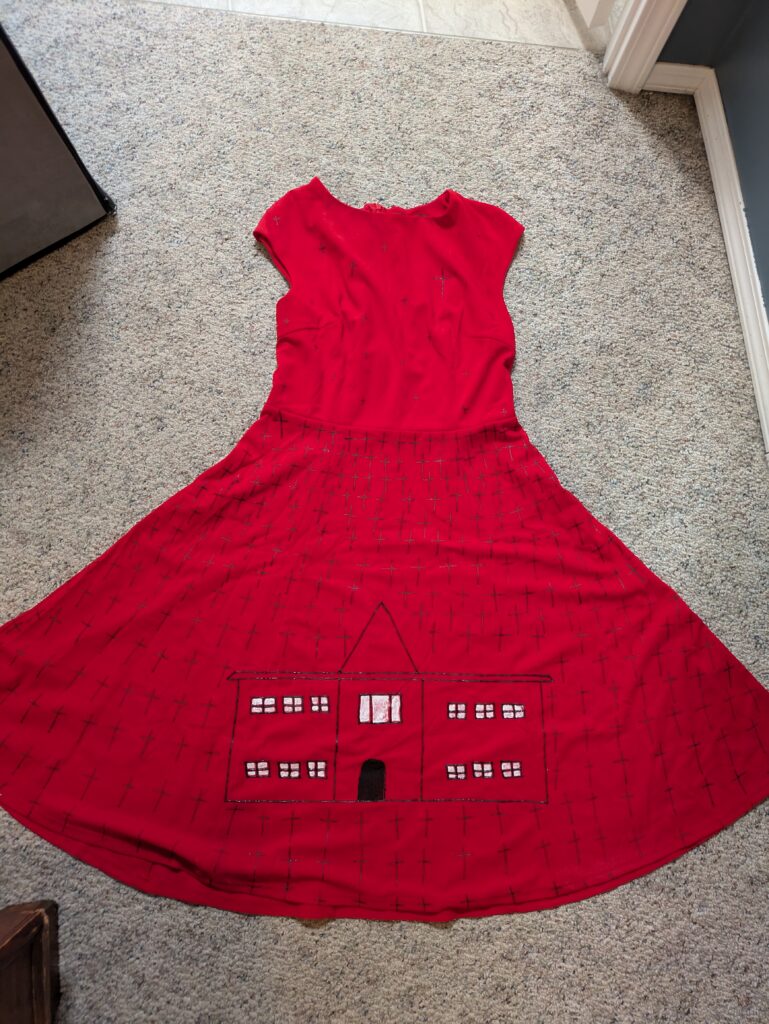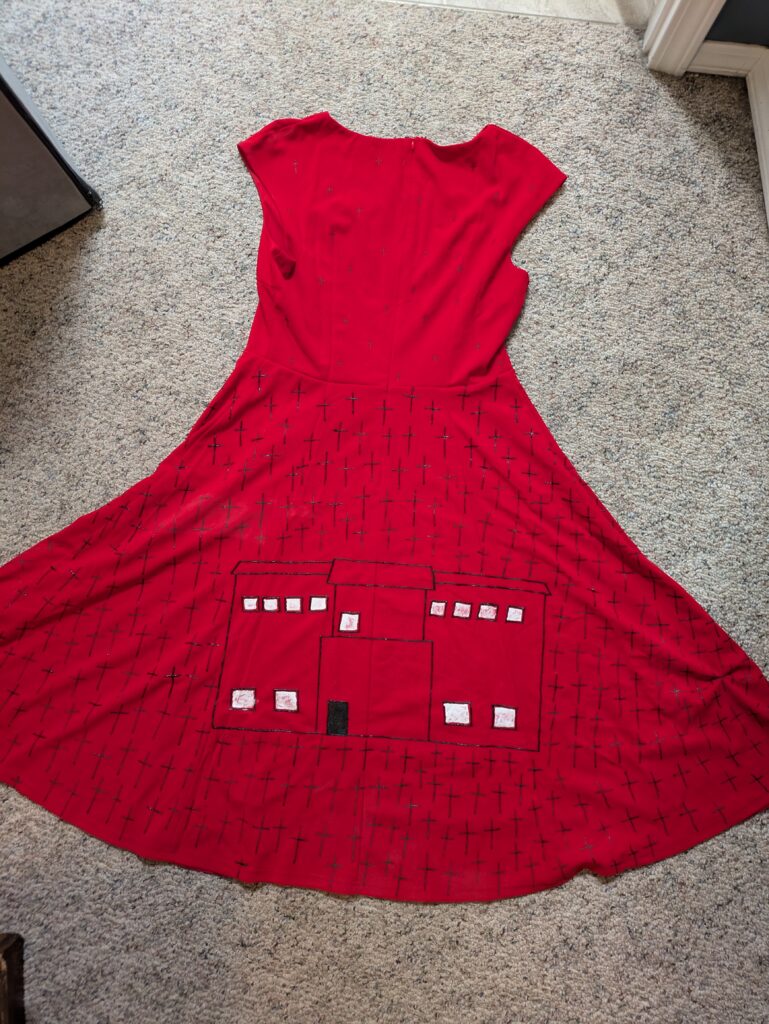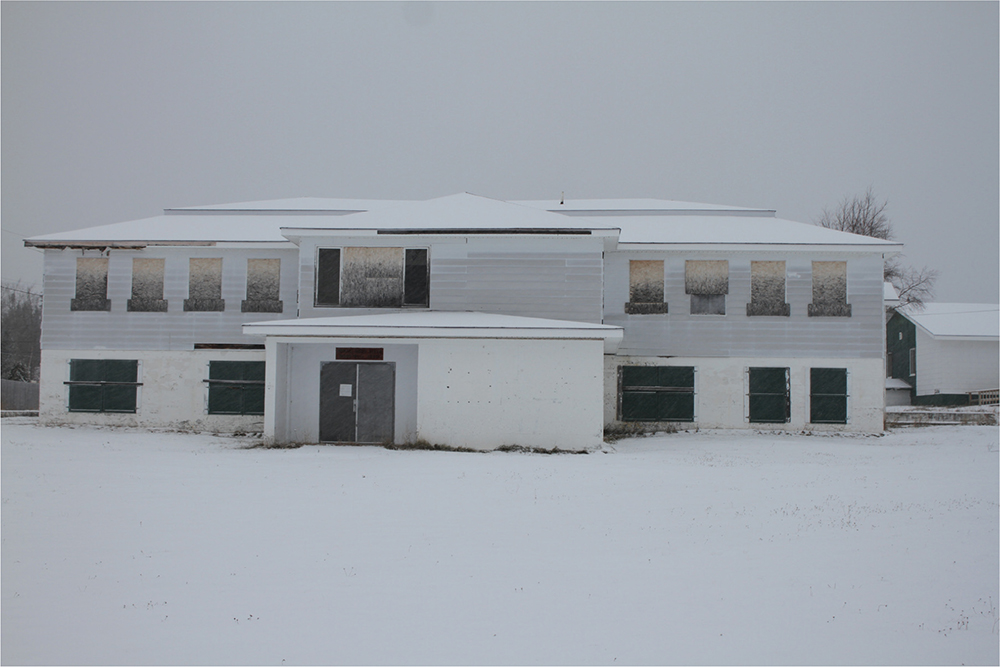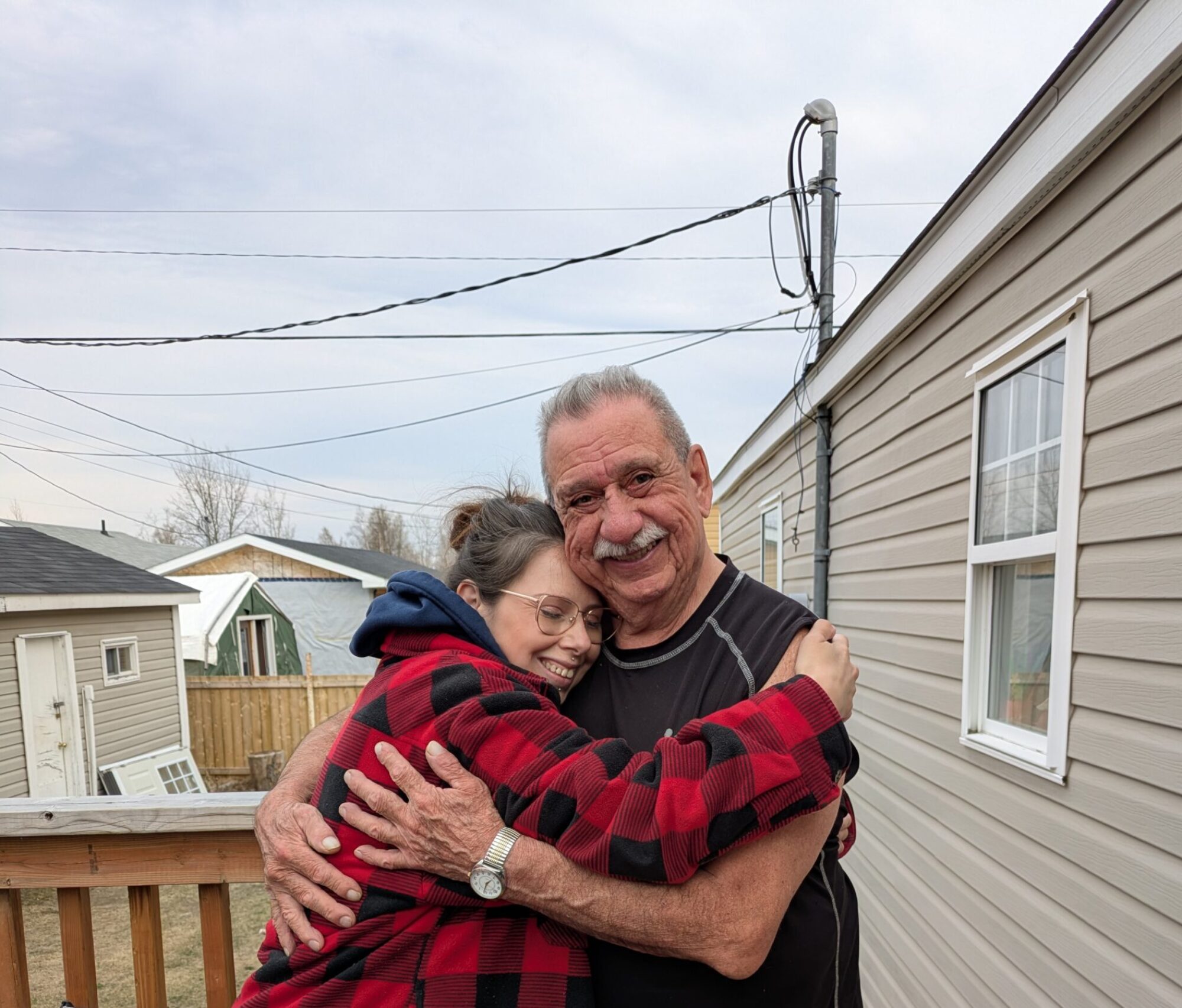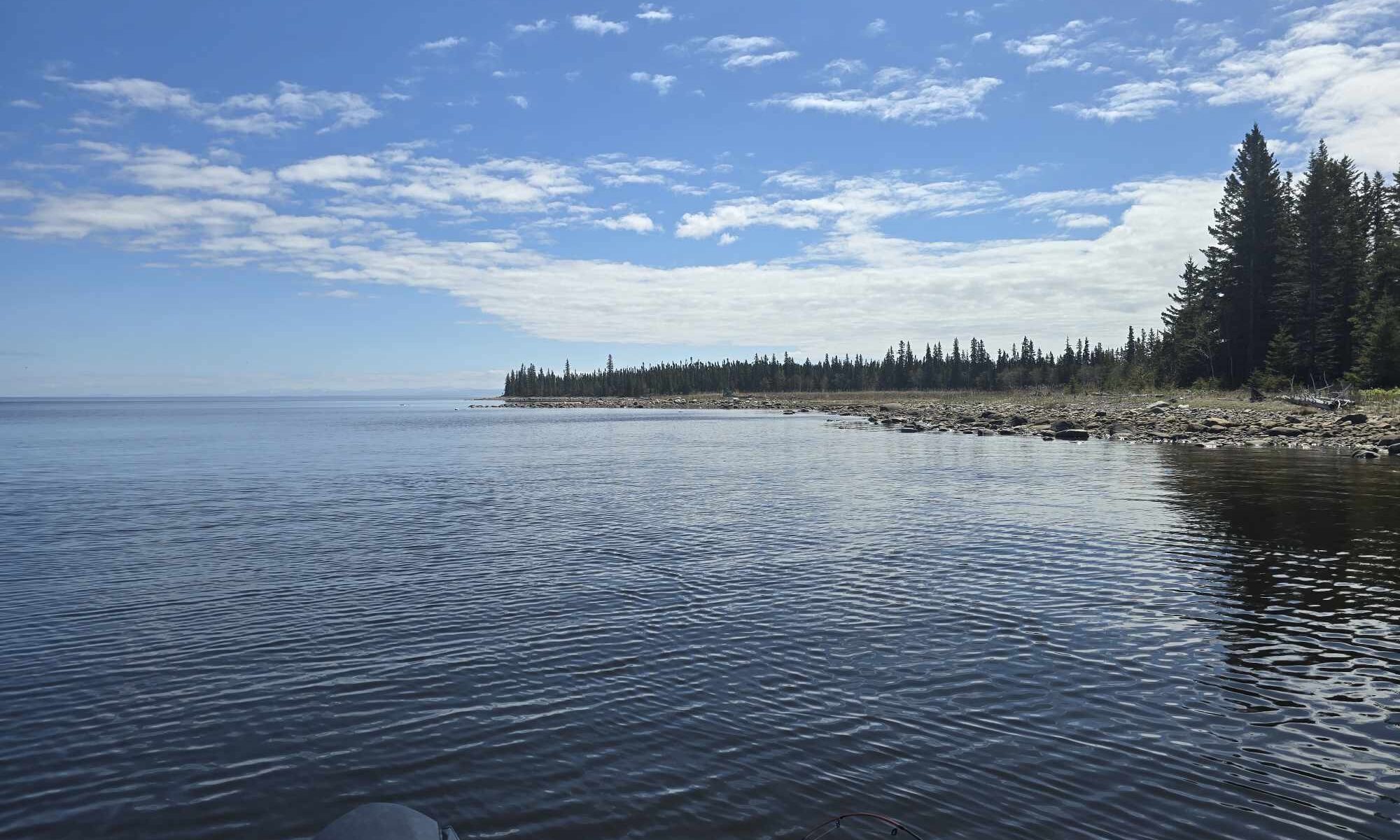The program challenged me in so many ways. The assignments ranged from research papers and grant proposals to creation of art as a form of expression. Public speaking was a requirement for much of the assignments and this was a fear when I first began the program, often experiencing anxiety with class presentations. This was a personal learning outcome that I didn’t expect to accomplish. It was through the support of the instructors that I thrived in this. This allowed me to accomplish other Program Learning Outcomes, such as creating a poem to share with everyone and group presentations. For this part of my e-portfolio, I will share a breakdown of four of the Program Learning Outcomes that have been listed. These will showcase the learning that I have achieved through the courses offered in the Human Rights and Social Justice program.
The first Program Learning Outcome is “demonstrate advanced knowledge of and competence in the application of research methods and techniques”. This outcome was a challenging one. The class Problem Solving in the field was a great class full of knowledge on research methods and techniques. For instance, what is the difference between qualitative and quantitative methods and examples of each, such as the ethnographic research method which can be used to answer questions about a community and their practices. It allowed students to apply what they learned through group presentations and a final project where you could put your skills to use. The group presentation that I was a part of was Participatory Action Research. It was helpful in that you dove deep into the topic and worked with three other students to put your research together. The presentation allowed us to present our research skills to the class while working together as a team.
The final project was where I learned research methods through the creation of a grant proposal. I chose to research Indigenous homelessness in Vancouver. I gathered information about the current situation and came up with a research question of “why are there high rates of homelessness in the Vancouver area”. The grant proposal was a way of researching a topic and finding where the gap was in research. I was also able to take what I learned in class and apply it to my practicum. I was placed on a project where there was a failed attempt at establishing an Indigenous Identifier to their healthcare system. I used my skills to review the previous attempt and evaluate why it failed. I was able to identify whether there were ethical considerations in the research and identify what could require an ethics board application and review.
The second Program Learning Outcome is “articulate original ideas, arguments and observations through group work and presentations, and high-quality writing or artistic works”. There were plenty of opportunities to articulate the above. The example that first comes to mind is my poem that I created for Food, Art and Community Empowerment. I’m not one to admit I am creative by any means. However, this class really inspired me to become creative in a way that I have never been before. After reading the book, Vandana Shiva’s Who Really Feeds the World, I was taken back by what the author wrote about our environment. Specifically, that mass farms over produce foods and overuse chemicals that are toxic to life necessary for natural growth. And how we can help change the environment by having smaller local gardens where we produce only what we need to survive. So, for the final assignment, I felt the need to represent the book and its teachings but wasn’t sure how. Then while rereading some of the chapters, I became inspired to write a poem. Each verse of the poem would represent each chapter of the book.
The next example for this Program Learning Outcome represents an observation and argument from the same class. We were to write a piece and present to the class something about food. Being Inuit, I was interested in our food system on the East coast. What I discovered was that our food sources had changed (i.e. the protesting of the seal hunt and the poisoning of our water supplies through the building of dams). The Inuit are then forced to rely on western food that their bodies had not evolved to support resulting in a slew of disease such as high blood pressure and diabetes. This was presented to the class through a PowerPoint presentation.
The third Program Learning Outcome is “Demonstrate a sophisticated understanding of and respect for the values of a range of Indigenous knowledge and wisdom”. This Program Learning Outcome was one of the more meaningful ones. There was a lot of Indigenous culture included in the course work in the Human Rights and Social Justice program. Being there was a lot of traditions lost in my family from residential schools and assimilation, I really took to the teachings that the elders Horace Eustace and Doe Thompson had to offer. They offered teachings of wisdom and a lesson on the local Indigenous history. There was one sentence from Elder Doe Thompson that resonated with me from our class time during Problem Solving in the field and will keep it with me for the rest of my life and that was when she was opening our circle and made a statement that we should not say that this land was unceded, instead she stated this land is stolen.
The next part of Indigenous knowledge and wisdom that was shared with us was that of storytelling. There was an assignment from Indigenous Ways of Knowing: Resurgence of Land Based Pedagogies and Practices that was not only challenging but eye opening. The assignment was to perform a Stsptekwll. The Stsptekwll was a way of passing on history through oral traditions. There are stories that are meant to be teachings to following generations, such as stories of the Coyote. I chose an Inuit Stsptekwll as a way of connecting with my own heritage. The instructors also invited a storyteller, Kenthen Thomas, to share his own storytelling knowledge. It was a powerful presentation. Kenthen was very animated and brought to life stories that had been passed down to him.
The final Program Learning Outcome is “demonstrate knowledge, through experiential learning, of key human rights and social justice issues locally, nationally, and/or globally”. For this Program Learning Outcome, I chose to present my creative expression assignment from the class Settler Colonialism: Decolonization and Responsibility. The dress I created represents two of our nation’s greatest human rights and social justice issues and meant a lot to me on a personal level. The first part of the project was the color of the dress. I chose to create an art piece on a red dress to represent the missing and murdered Indigenous women in Canada. This is an ongoing social issue that does not get enough attention nationally. I felt the need to present this issue as my family experienced a loss of one of our women. An Inuit woman by the name of Loretta Saunders who went missing and was found murdered.
The second part of the dress was artwork depicting the residential school of my home community and that of the local residential school of Kamloops. There were hundreds of crosses painted on to the dress surrounding the schools to represent the children whose lives were lost. This is an ongoing social issue as the generation of those who were in residential schools continue to experience the trauma through means of alcohol or drug abuse and violence towards others. The following generations experience the trauma through intergenerational trauma (which I had written a research paper on for Indigenous Ways of Knowing: Resurgence of Land Based Pedagogies and Practices). I chose to represent this on my red dress to pay tribute to my own grandfather who was in a residential school in Northwest River, Labrador. A school that remains standing but boarded up.
I’ve included two pictures of my red dress (the front and the back), a picture of the residential school in Northwest River, Labrador, a copy of the poem and my grant proposal for my knowledge on research methods and techniques.
